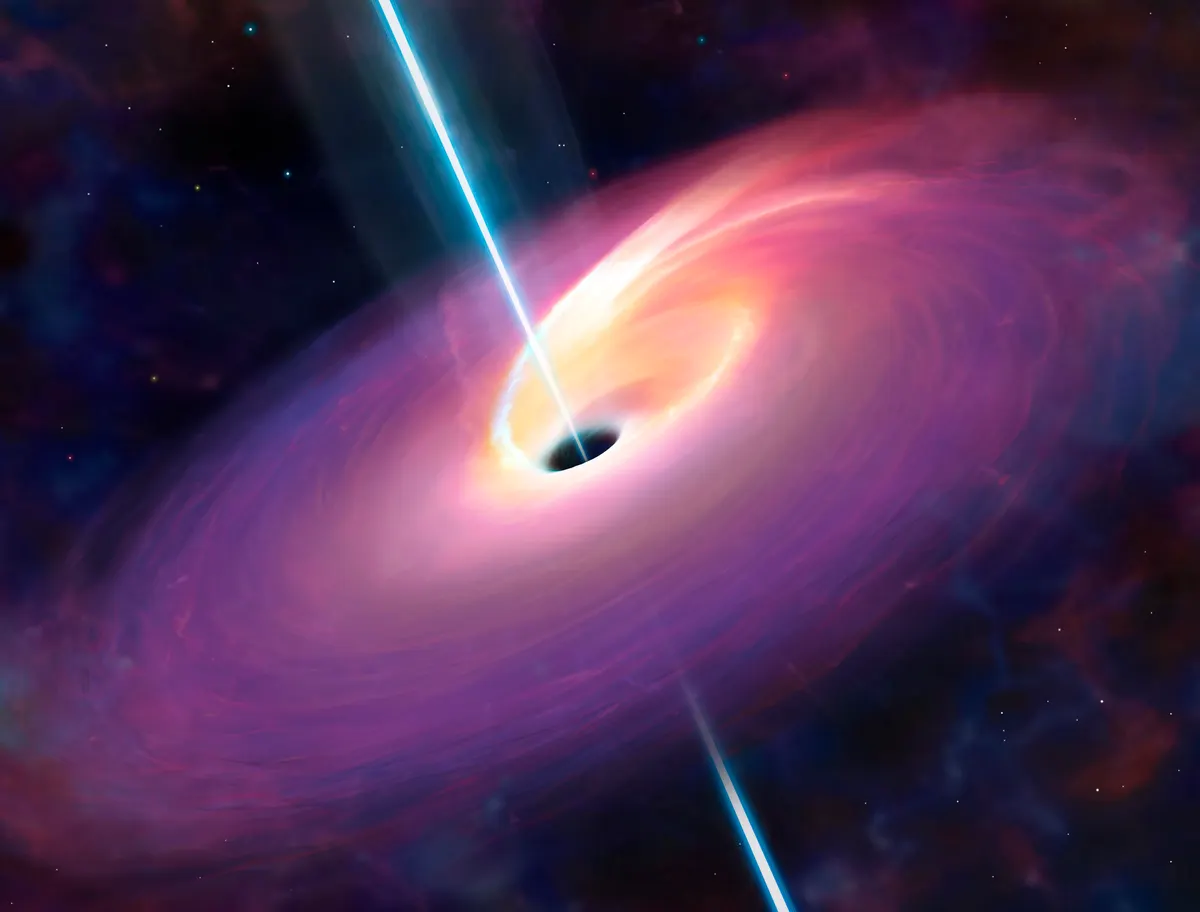
Astronomers claim to have discovered the largest cosmic explosion ever witnessed, which has been ongoing for more than three years.
According to the Astronomers, the AT2021lwx, explosion occurred roughly eight billion light years away, when the universe was around six billion years old, and is still being spotted by a network of telescopes.
The researchers said, “The explosion is more than ten times brighter than any known supernova or exploding star and three times brighter than the brightest tidal disruption event, in which a star collides with a supermassive black hole”.
“The event has already lasted over three years, compared to most supernovae, which are only visible for a few months”, the researchers added.
Research Fellow at the University of Southampton, who led the research published in the journal Monthly Notices of the Royal Astronomical Society, Philip Wiseman said, “We came upon this by chance, as it was flagged by our search algorithm when we were searching for a type of supernova”.
In a statement, Wiseman said, “Most supernovae and tidal disruption events only last for a couple of months before fading away. For something to be bright for two-plus years was immediately very unusual”.
The team believes the explosion was caused by a giant cloud of gas, maybe thousands of times larger than the Sun, that was brutally disrupted by a supermassive black hole.
Shockwaves would be sent through the remnants of the cloud as well as into a big dusty doughnut encircling the black hole. Such occurrences are extremely rare and nothing on this scale has been witnessed before.
Astronomers observed the brightest explosion on record last year, a gamma-ray burst known as GRB 221009A. While brighter than AT2021lwx, it lasted a fraction of the duration, implying that the overall energy produced by the AT2021lwx explosion is much higher.
AT2021lwx was discovered in 2020 by Zwicky Transient Facility in California, US, and was afterward discovered by the Asteroid Terrestrial-impact Last Alert System (ATLAS) based in Hawaii.
These facilities scan the night sky for transient objects that change in brightness rapidly, signaling cosmic events such as supernovae, as well as finding asteroids and comets.
However, the magnitude of the explosion was unknown until today.
There are several possibilities as to what created such an explosion, but the team feels the most likely explanation is an incredibly massive cloud of gas ( mostly hydrogen) or dust that deviated from its orbit around the black hole and was propelled rushing in.
The researchers are now collecting further data on the explosion, measuring different wavelengths, including X-rays that could disclose the object’s surface and temperature, as well as what underlying processes are occurring.
They will also run upgraded computational simulations to test if they agree with their theory of what caused the explosion.

















